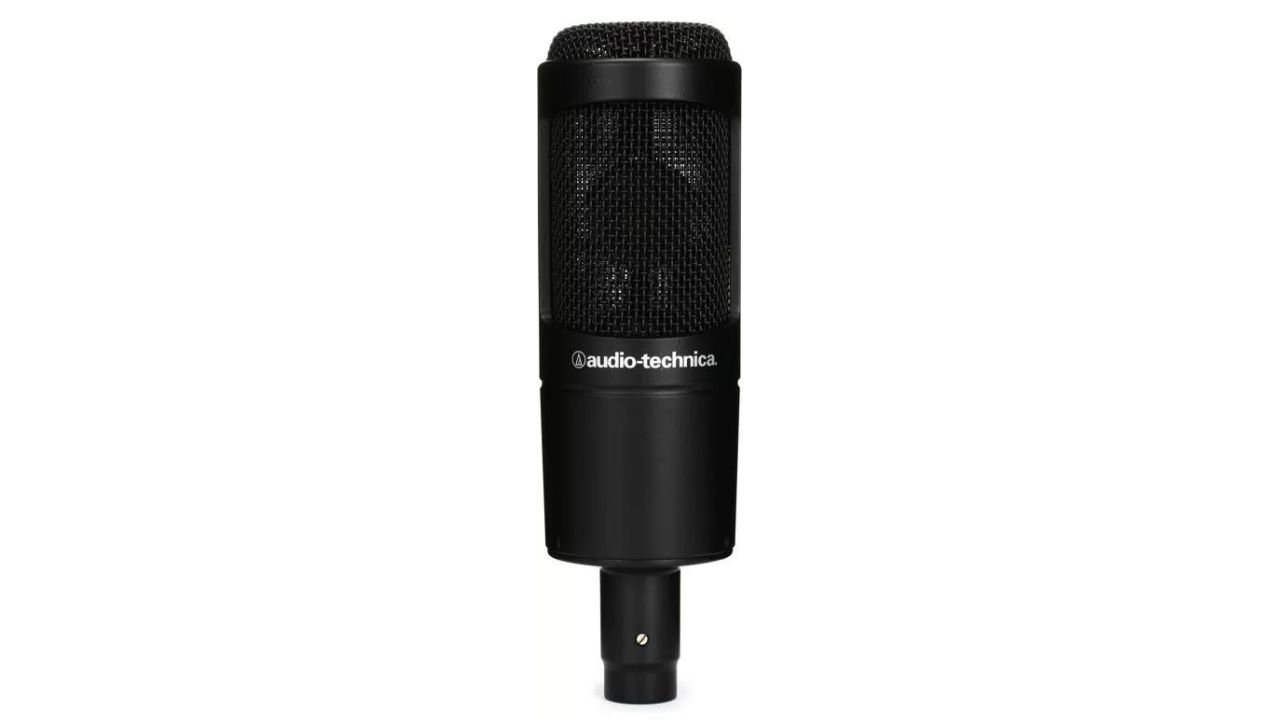
Mic placement 101: how to get a great sound
Whether you’re new to recording or a seasoned engineer, discover the best practices for mic placement and microphone placement techniques to help your recordings sound clear and professional.
Learn more about Microphone Placement in part 2 of this article.
Microphone placement can be the difference between a great-sounding recording or the need to redo the whole session. In this article, we’re going to give you the best practices for mic placement, showing you how to mic vocals, guitars, and drums in the home-studio environment.
You’ll find plenty of pictures and techniques down below, but that’s not at all. I’m providing tons of concepts to keep in mind as well—principles that will help steer you to the best possible sound with the tools you have at your disposal.
As the saying goes, give a fellow a fish and they’ve got one meal—but teach a person to fish, they’ll feed themselves for the rest of their lives. So, think of this article like one long fishing lesson.
Microphone basics
Before I get into proper mic placement, let me cover some basic things about microphones themselves, so you can think quickly on your feet.
How microphones work
In all mics, a transducer is used to convert soundwaves into electrical energy. However, different mics utilize different types of transducers, and these transducers have different characters. We’ll cover four types of mics—though I’ll spare you the science of how they work.
Dynamic microphones
Dynamic mics are usually robust that can handle loud transients with ease. They are often insensitive to the room, so they’re a good choice for untreated spaces. Dynamic mics tend to emphasize the midrange presence of a sound thanks to their inherent resonances. They’re frequently used on drums, live vocals, and guitars.

Sennheiser e 609 Silver Supercardioid Dynamic Guitar Microphone
Ribbon microphones
Because of their construction, ribbon mics tend to be more accurate than traditional dynamic mics, but they are far more sensitive. Vintage ribbons can be damaged easily by phantom power, so never run phantom power into a ribbon unless the manual explicitly gives you the go ahead. Ribbons are considered more flat and neutral than other mics, trending towards the warmer timbres. This makes them fantastic for naturally bright sources, like trumpets, drums, electric guitars, and harsher vocals.

Royer R-10 Ribbon Microphone
Condenser microphones
Condenser microphones require external power to run and offer lots of color, particularly in the highs and midrange. Due to their construction, they tend to be quite sensitive to your room—so definitely treat the space! Large-diaphragm condenser microphones are often favored for pop vocals because of their silky high-end. Small diaphragm condenser microphones shine on overheads and string instruments because of their fast, flattering response to transients.

Audio-Technica AT2035 Large-diaphragm Condenser Microphone